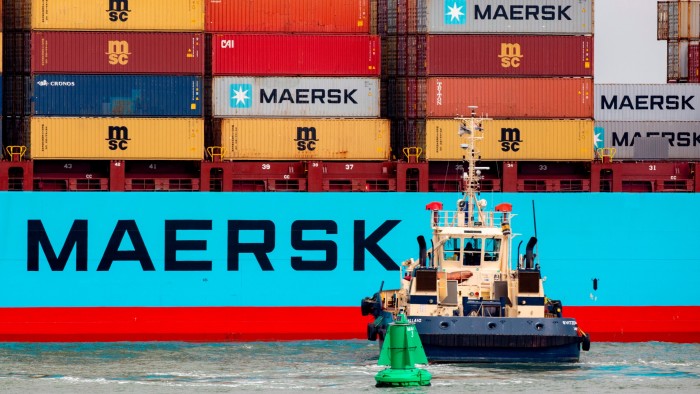Disruptions in Red Sea Transportstions

Agencies – Sudan Events
Disruptions along the Red Sea trade route ا have begun pushing up shipping and insurance costs as shippers have begun taking longer routes fearing further attacks,
This comes a day after Commerce Secretary Sunil Barthwal met shippers and exporters to assess the impact of the attacks on the critical Red Sea trade route.
Experts predict disruptions in the Red Sea and Suez Canal because of recent attacks by the Yemeni Houthis rebel group that have forced carriers to avoid waterways, will not carry short-term major consequences but will have long-term political and economic risks
Connected to the Mediterranean by the Suez Canal, the Red Sea is the shortest shipping route between Europe and Asia.
According to the US Energy Information Agency (EIA), oil shipments via the routes accounted for 12% of total seaborne-traded oil in the first half of 2023, and liquefied natural gas (LNG) shipments accounted for 8% of worldwide LNG trade.
In the first 11 months of 2023, around 8.2 million barrel per day (bpd) of liquids, including crude oil and oil products, were transported by vessels moving along the route, energy cargo tracker, Vortexa, revealed in an analysis Wednesday.
Of the 8.2 million bpd, Vortexa data showed 2.9 million bpd is traveling northbound, 3.9 million bpd southbound and the remainder as imports and exports contained within the Red Sea region.
Around 30 tankers pass via the Suez Canal on the northern side of the Red Sea, while 26 use Bab el Mandeb, the southernmost point.
There are around 230 tankers situated within the Red Sea on an average day,155 are loaded and 75 are ballasted.
In terms of the cargo types transported along the Red Sea, Vortexa data showed that crude oil, diesel and jet are the most commonly carried cargoes on northbound oil tankers while crude, residual fuel oils and naphtha on southbound tankers.
Europe has historically been an importer of middle distillate products from the Middle East and India and the flow has picked up, especially for diesel since 2022.
Underlining the importance of flows via the Red Sea, volumes of diesel and crude oil sailing northbound have grown sharply on the back of European and US sanctions on Russia.
If there is a sustained disruption on Red Sea transits, vessels would have to take longer routes which would increase vessel tonnage requirements but also increase bunker consumption for operating vessels on the laden and the ballast legs, resulting in increased freight costs.
Also, if vessels moved to alternative waypoints such as the Cape of Good Hope, it is calculated that the voyage for the main routes affected would increase by at least 58%.
Shippers across the world are switching away from the Red Sea — and so the shortest route from Asia to Europe via the Suez Canal — after Iranian-backed Houthi militants in Yemen stepped up attacks on vessels in the Gulf region to show their support for Palestinian Islamist group Hamas fighting Israel in Gaza.



